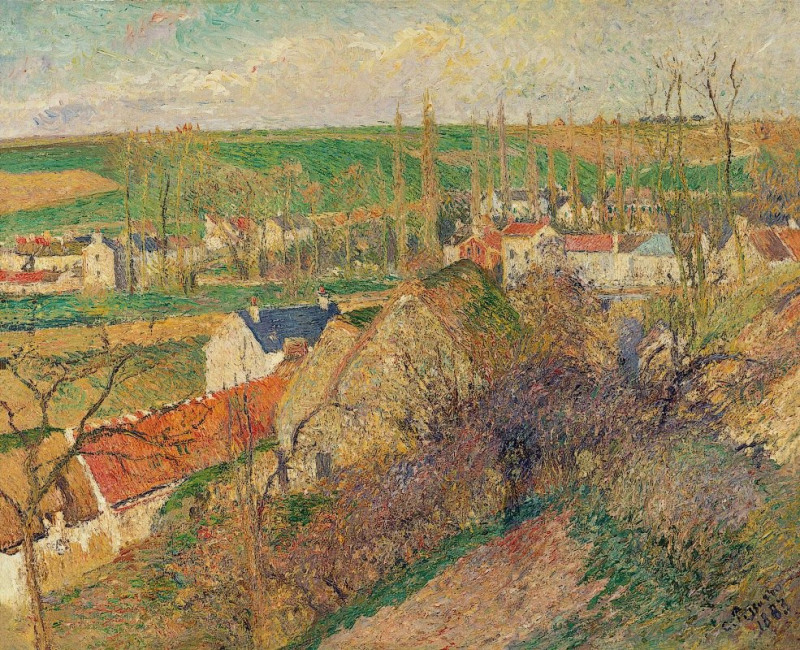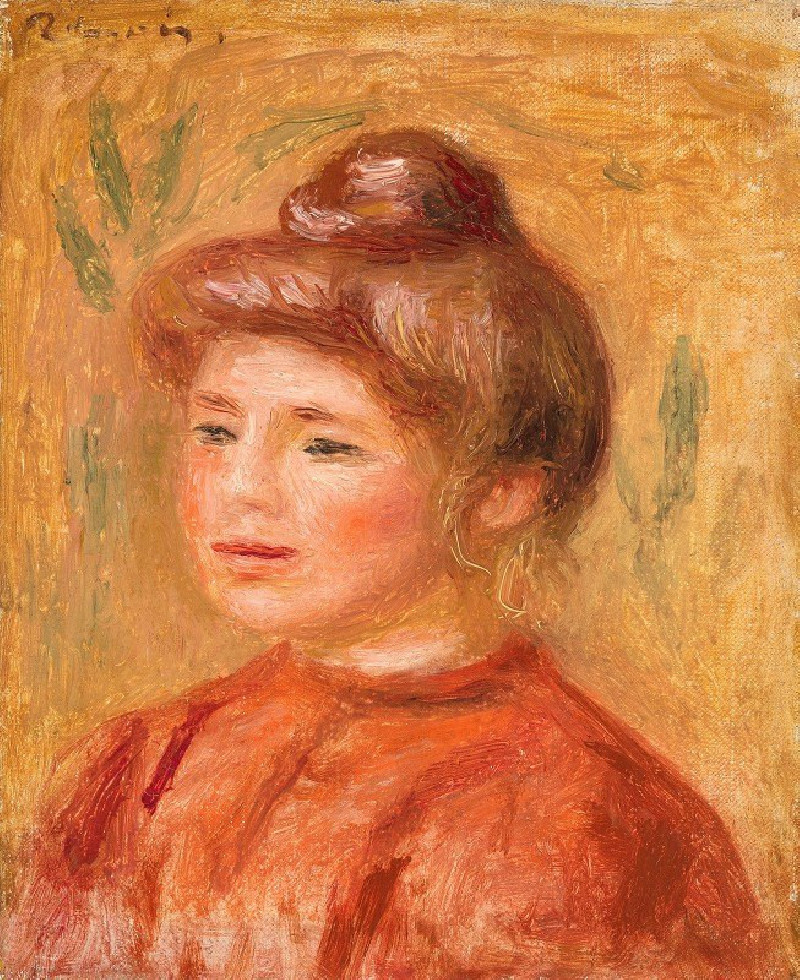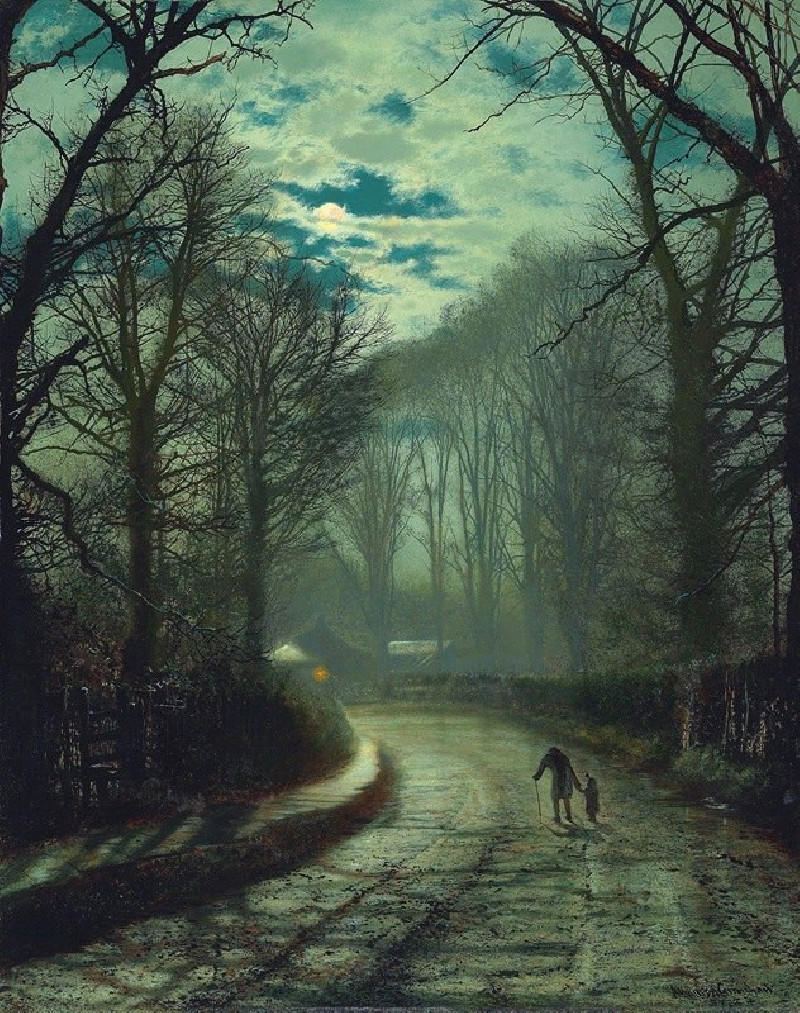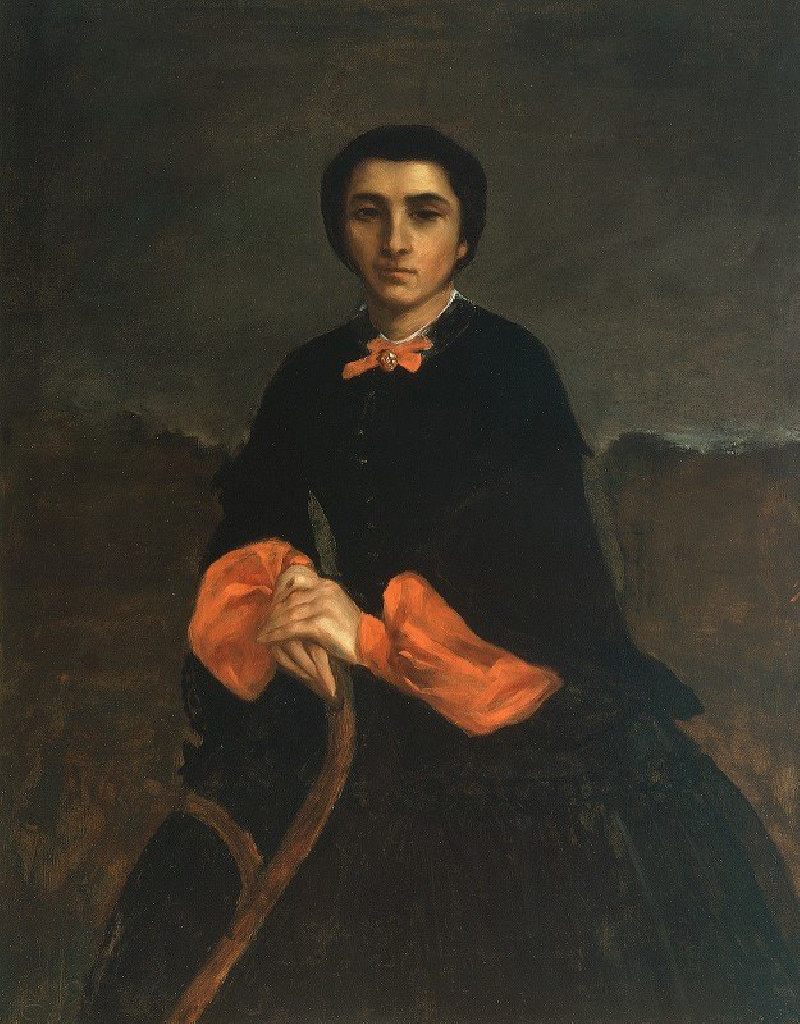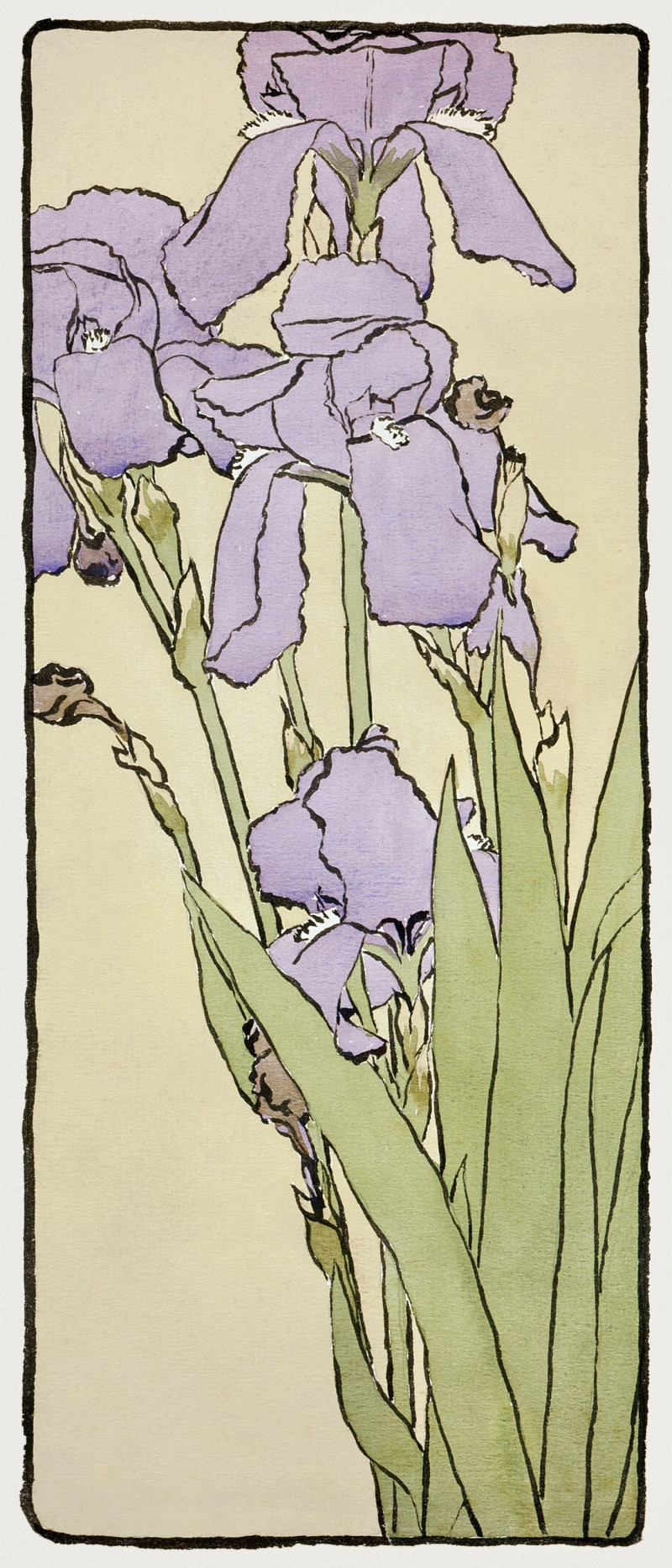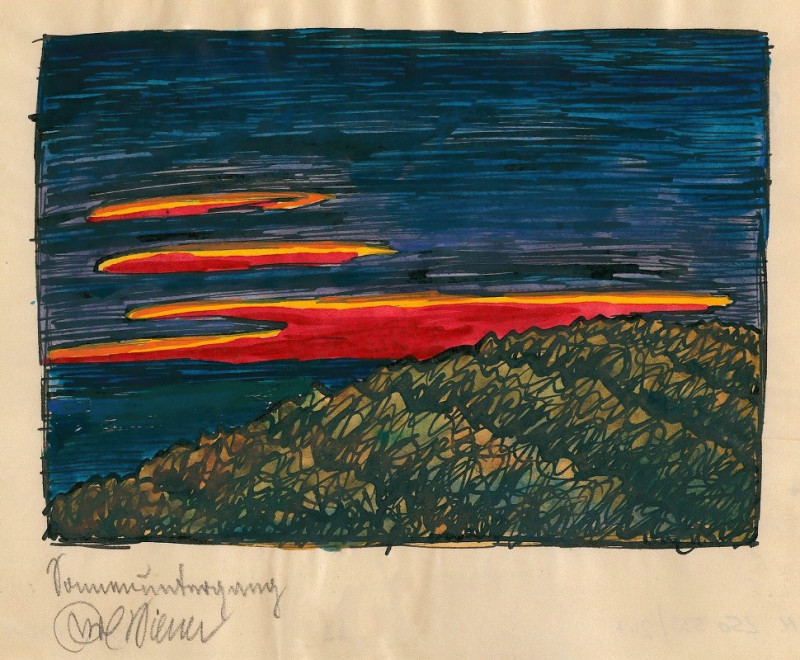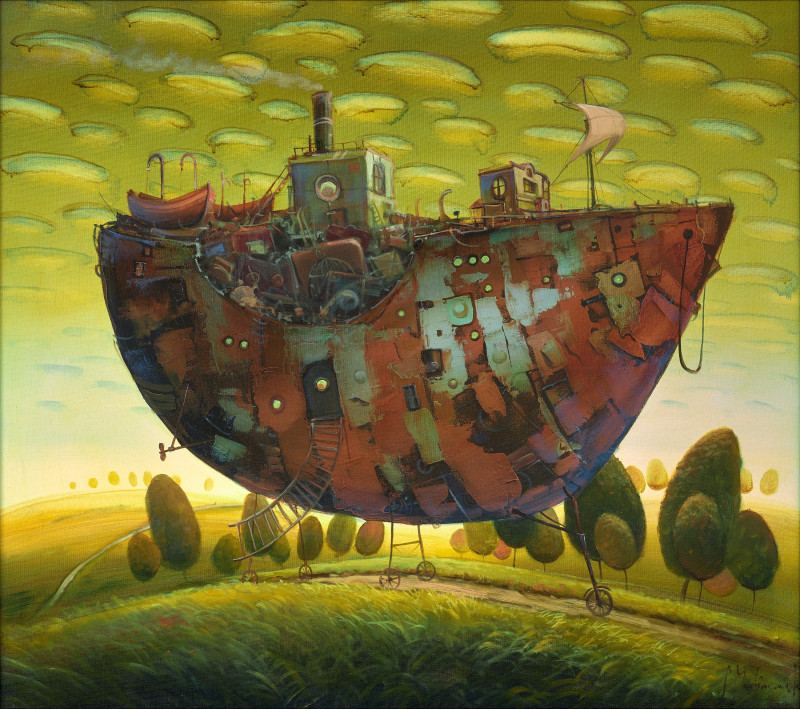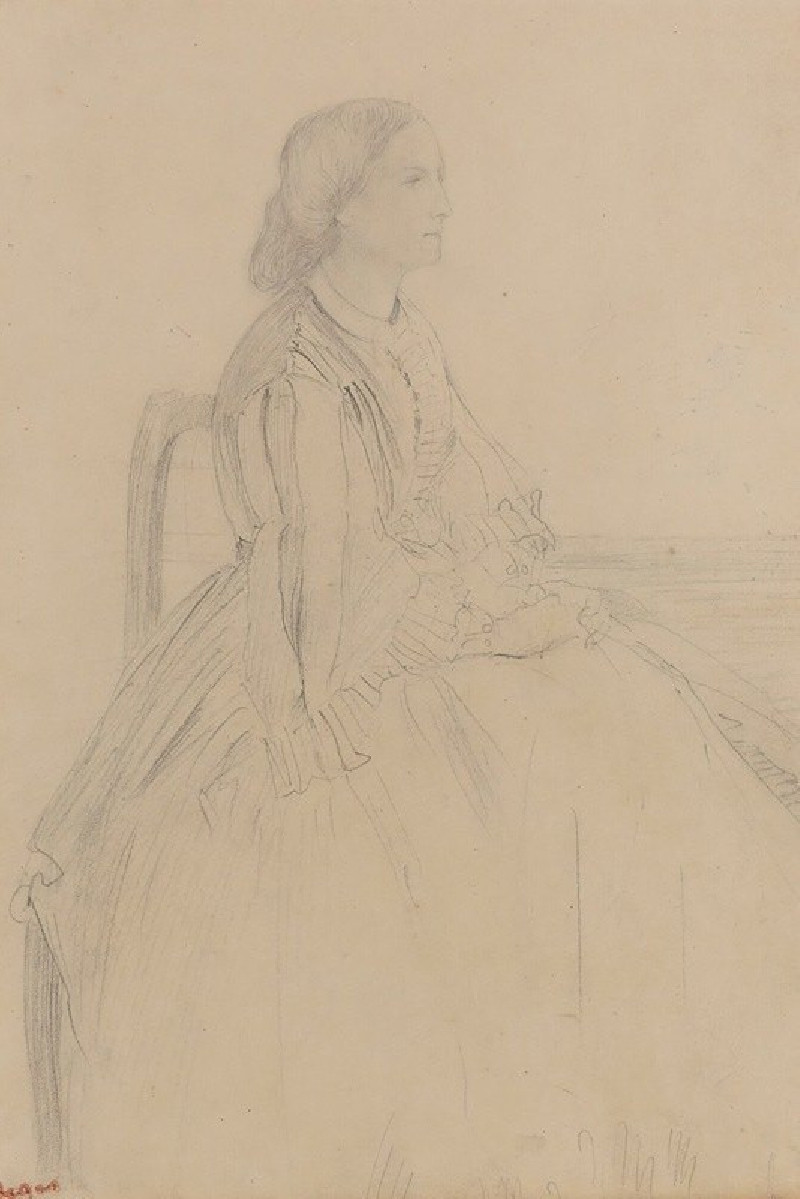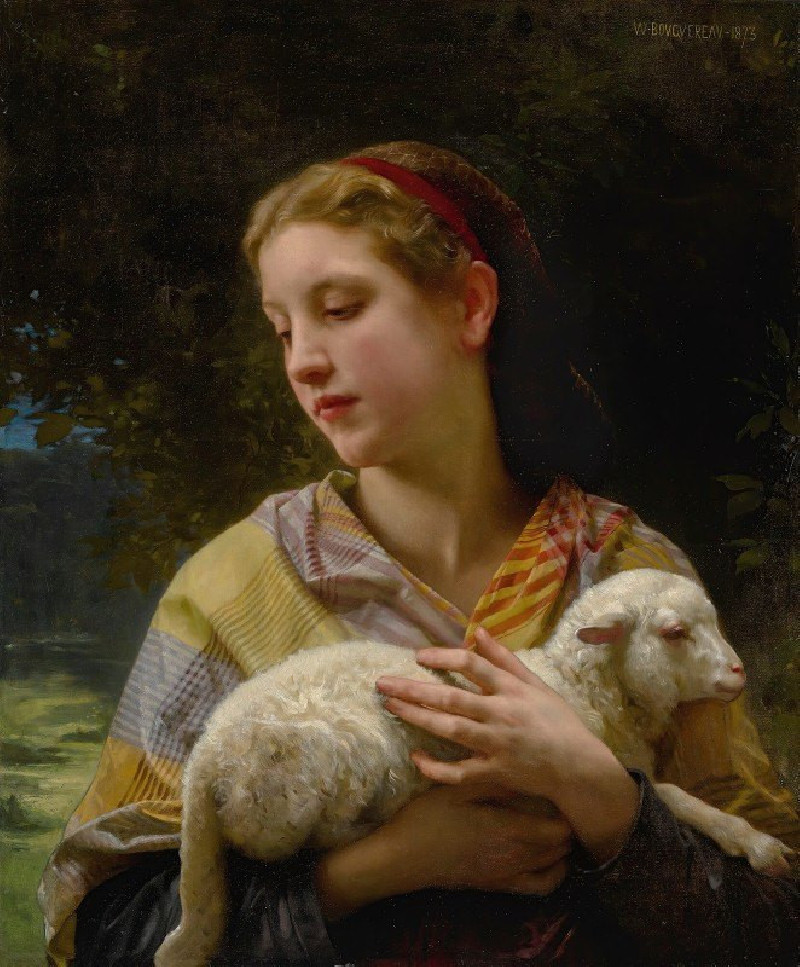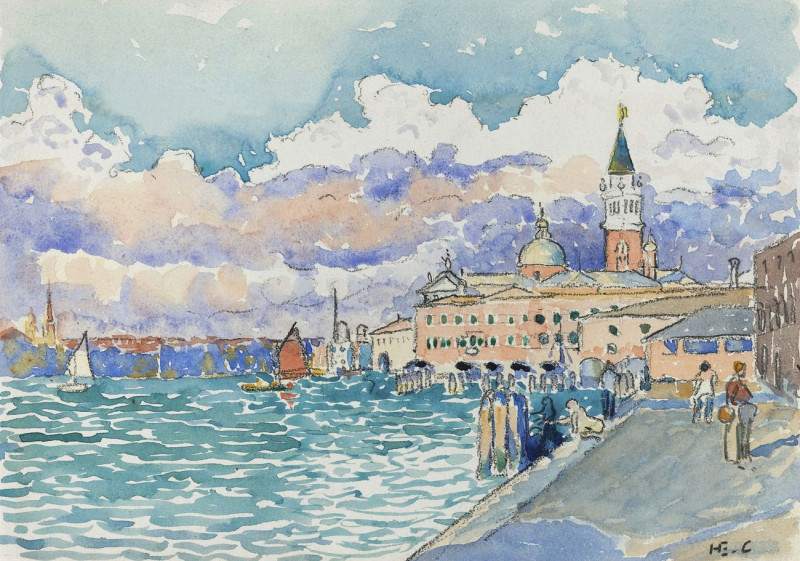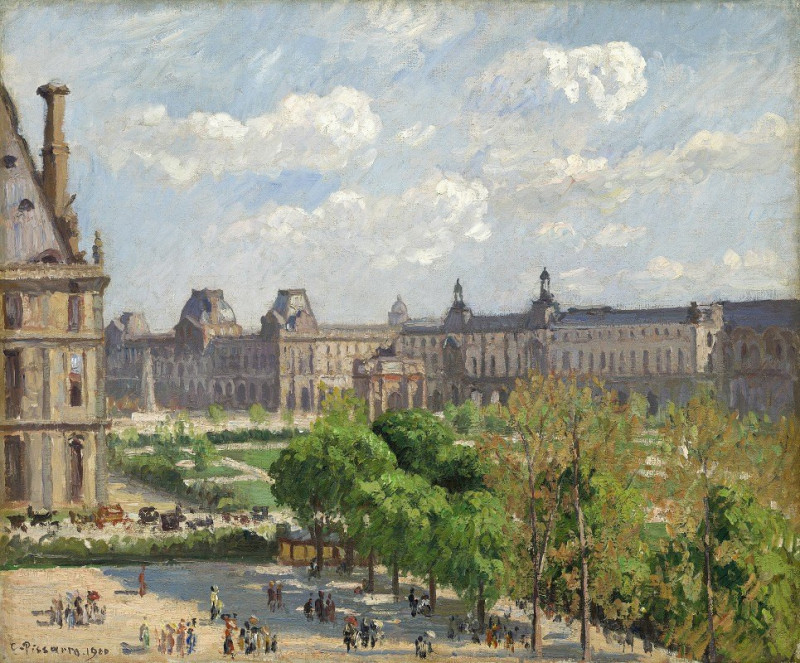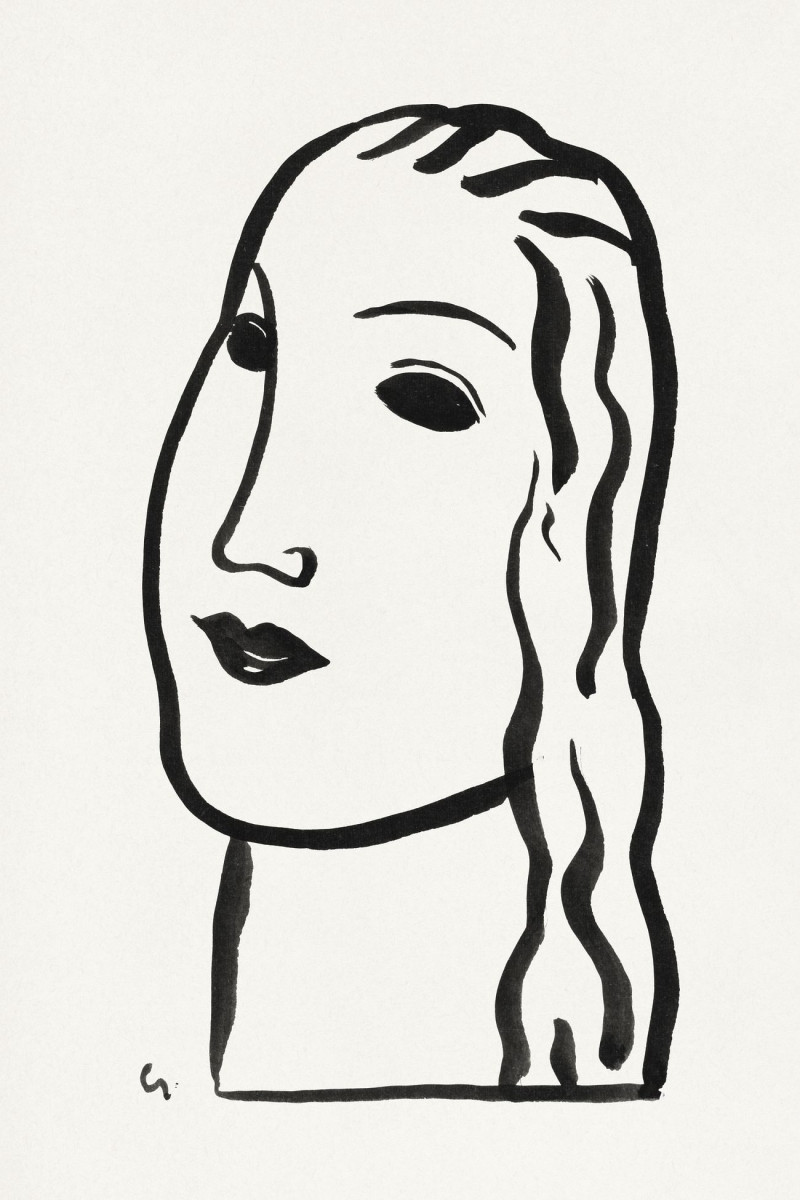Vue Sur Le Village D’osny (1883)
Technique: Giclée quality print
Recommended by our customers
More about this artwork
"Vue Sur Le Village D’osny" (1883) by Camille Pissarro is a delightful exploration of rural life through the essence of Impressionism. Within this luminous portrayal, Pissarro captures the charming landscape of Osny, a village situated northwest of Paris. Through a palette rich with vibrant greens, soft creams, and warm earth tones, the artist brings to life the serene vitality of the countryside.This painting is an intricate tableau of natural and human-made elements. It features quaint village homes with rustic red roofs nestled amidst lush greenery. A series of meandering pathways draws the viewer's eye through the composition, allowing us to traverse the scenic undulations of the terrain, dotted with trees transitioning through the seasons. In the background, the stretch of verdant fields under the open sky speaks of the expansive beauty of the French rural vista.Pissarro’s technique, marked by loose yet discerning brushstrokes, captures the shifting quality of light and the rich textures of the landscape. The attention to detail in the foreground contrasts subtly with the more abstract portrayal of the distant greenery and sky, creating a sense of depth and openness that invites contemplation.Through "Vue Sur Le Village D’osny," Pissarro not only documents a place and time but also evokes the timeless allure and tranquil pace of village life, offering a visual retreat from the bustling modernity of urban existence.
Delivery
Returns
Blessed are they who see beautiful things in humble places where other people see nothing. — Camille Pissarro
Camille Pissarro (1830-1903) was born on St.Thomas (now the US Virgin Islands) to a Portuguese father and a Dominican mother. He went to Paris to study art at Ecole des Beaux-Arts. He was an early pioneer of pointillism and neo-impressionism and later became a mentor of many famous impressionist painters including Cezanne, Manet, Renoir, and Gauguin. His paintings depicted rural and urban French landscapes and lifestyle. Many of his works politically captured images of peasants and laborers. Today, he is considered the father of impressionism.

